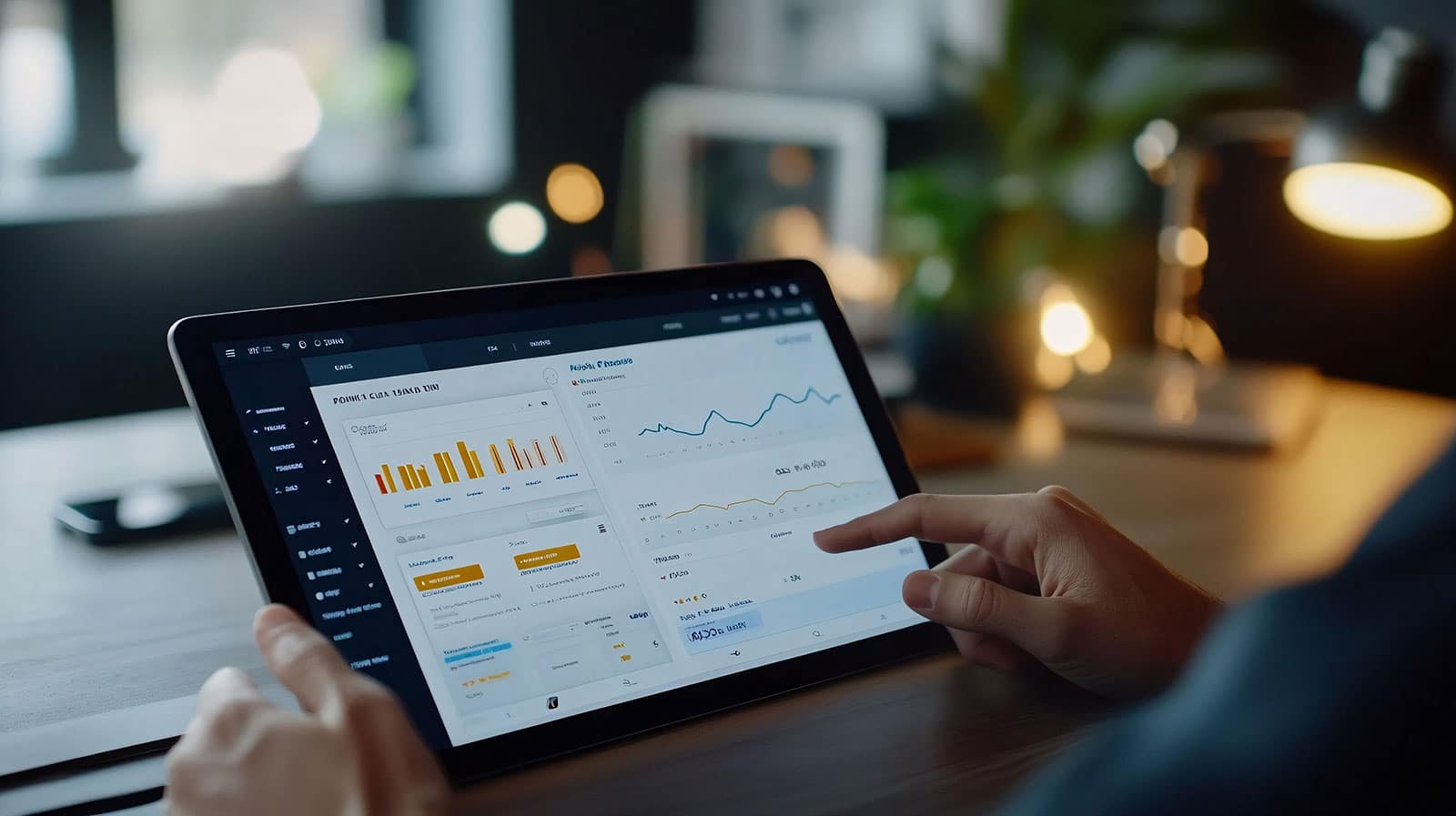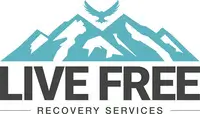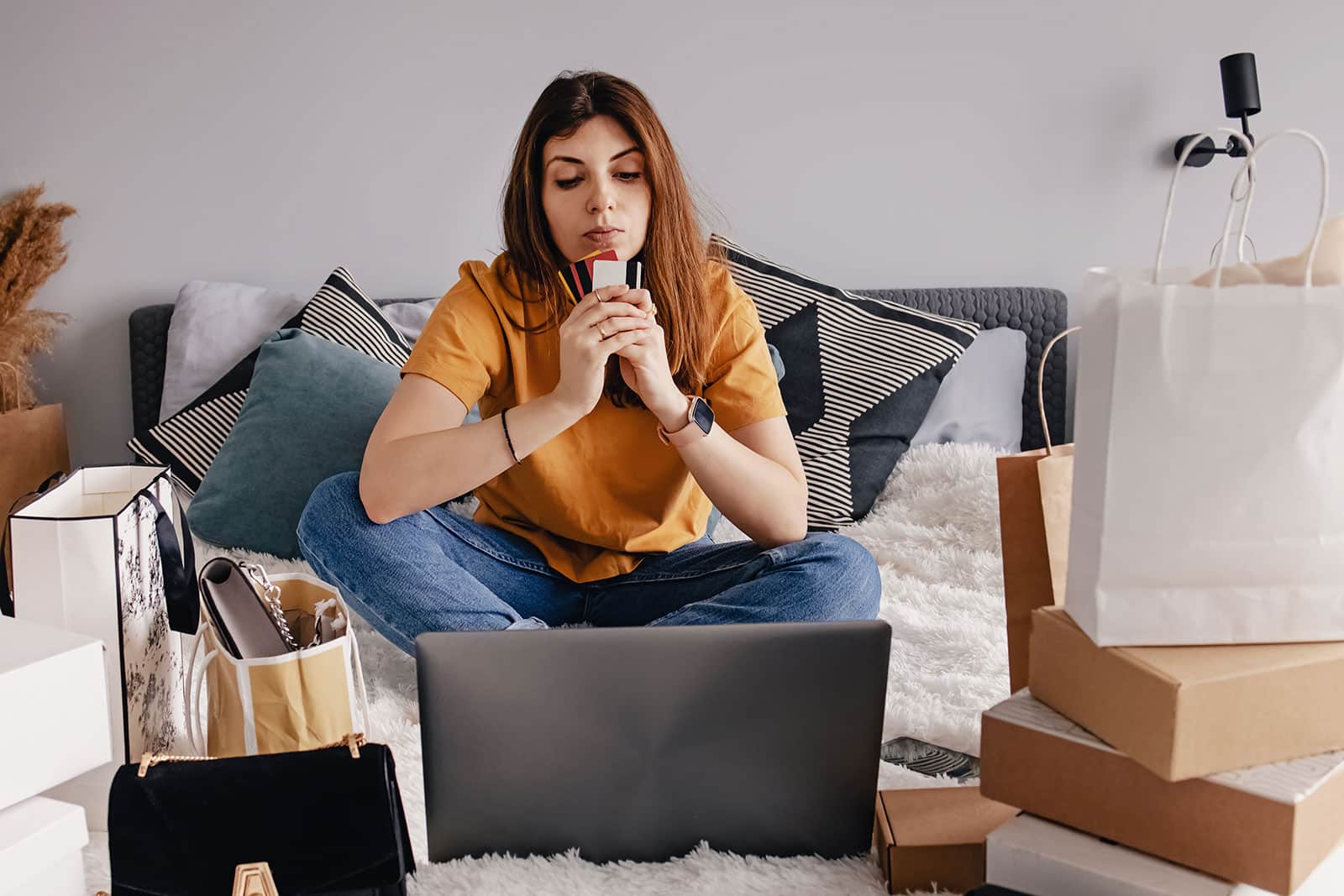About 5.8% of U.S. citizens have been diagnosed with shopping addiction, according to statistics published in the National Library of Medicine. New Hampshire residents make up some of these cases, and statistics show that 80% of cases reported throughout the country involved women.
Essentially, shopping addiction is an uncontrollable urge to buy unnecessary or even useless items due to impulse control issues. Medical reports show that shopping addiction has similarities to substance use disorders like alcoholism, where the person must repeat these negative behavior patterns to get a short-term high.
The compulsive buying addiction drives the person to shop to a greater extreme to achieve this high. Like Alcoholics Anonymous helps people struggling with alcoholism, Shopaholics Anonymous can provide guidance, accountability, and support for compulsive shoppers. Read on to learn more about shopping addiction and treatment strategies.
What is Shopping Addiction?
Compulsive shopping or buying disorder identifies an overwhelming urge to purchase/buying thing to get a high, even to the person’s own detriment. The addiction creates substantial harm to the person’s life, financial well-being, and relationships. The intense excitement and exhilaration created in the moment when buying items often outweigh the consequences.
Shopping addiction, like alcoholism, has emotional and psychological triggers driving the compulsive shopping habits. The most common are emotional or psychological distress, low self-esteem, depression, and anxiety. The emotional and psychological triggers lead to the disorder’s classification as a behavioral addiction.
The most prevailing signs of shopping addiction are excessive spending despite financial problems and using shopping as a coping mechanism for co-occurring mental health symptoms. Essentially, the person overshops to manage their emotional distress or anxiety. However, once they spend the money, they experience feelings of guilt or shame.
Individuals with compulsive shopping disorder generate significant credit card or other debt and may experience relationship conflicts. The disorder isn’t the same as the great relationship debate over spenders and savers in that one person wants to buy something frivolous sometimes while the other always wants to save.
Instead, this disorder drives such a strong addiction to shopping that the spender neglects all financial responsibilities and ultimately spends all their money on unnecessary items. Without professional help to treat the underlying symptoms of compulsive shopping addiction, the person could find themselves in crippling debt.
The Role of Support Groups Like Shopaholics Anonymous
Shopaholics Anonymous follows a 12-step program like Alcoholics Anonymous, where compulsive shoppers, like alcoholics, can achieve smaller recovery-related goals. The support group provides a structured environment for those struggling with compulsive shopping. You’ll receive encouragement and emotional support from fellow excessive spenders.
The benefits of joining the Shopaholics Anonymous support group begin with peer support and guidance while you’re working toward recovery. You’ll learn strategies for coping with urges and triggers and discover how to take accountability for your actions through shared experiences.
How Shopping Addiction Affects Mental Health
Addiction therapists and support group leaders can help the person discover a connection between shopping addiction and undiagnosed mental health conditions, such as anxiety disorders and depression. A person with compulsive shopping disorder may exhibit low self-esteem, impulsivity, and an overall lack of contentment with their life.
They may also use shopping to fill emotional voids, such as the lack of relationships, close connections, or unfulfillment in current relationships. For individuals with the disorder, they experience a sudden release of dopamine, altering their brain chemistry and reinforcing their compulsive shopping behaviors.
Recognizing When to Seek Help
The red flags indicating that your shopping habits have become a problem start with the excessive accumulation of debt and hiding purchases from family. You may feel anxious or distressed when you’re unable to stop compulsive spending, and you may use shopping to control or manage your emotions or fill an emotional void.
Family and loved ones can help someone struggling with shopping addiction by showing support. Family or couple’s counseling may also help the person address the underlying emotional distress that drives this addiction. Finding the source of the addiction and addressing negative behavioral patterns help in recovery, too. If you or a loved one is struggling, consider reaching out to our helpline.

Treatment Options for Shopping Addiction at Live Free Recovery Services
Live Free Recovery Services provides evidence-based treatment options for shopping addiction that align with SAMHSA guidelines. After a careful assessment, addiction specialists create a care plan for the patient to place them on the path to recovery. Here are some of the treatment options available through Live Free Recovery Services:
Cognitive Behavioral Therapy (CBT)
Cognitive behavioral therapy offers talk therapy strategies for identifying thought patterns that lead to compulsive shopping. You’ll develop healthier coping mechanisms through therapy to prevent overspending and impulsive buying.
The behavior modification strategies you learn from therapy help you understand the emotional triggers that drive your addiction. CBT techniques address the underlying reason for your addiction and help you recover.
Financial Counseling and Budgeting Assistance
Financial counseling and budgeting assistance teach patients how to proactively manage their finances and fulfill financial responsibilities. The addiction specialists provide budgeting assistance and show patients how to create a budget and avoid overspending.
Understanding how to manage their finances helps patients set up payment schedules for household responsibilities like utility bills, rent, or mortgage payments. The addiction specialists can also explain how to set up payment schedules according to the person’s monthly income.
Next, they learn how to set boundaries and create realistic spending plans. These steps help these individuals regain control of their finances and avoid costly mistakes. Better financial management enables the person to recover from shopping addiction.
Peer Support Groups
Shopaholics Anonymous is a great start for recovering from compulsive shopping disorder. However, some patients may need additional peer support groups to complement this program. For example, therapy-led support groups address shopping addiction and co-occurring mental health conditions and symptoms.
Recovery from shopping addiction requires the person to heal from emotional distress, trauma, or related conditions that fuel their addiction. For example, if boredom or loneliness are driving the addiction, a peer group could connect them to others and allow new friendships to develop. They could also find individuals within these groups with similar interests outside of shopping.
Group therapy sessions involve discussions of shared experiences. The person finds others with similar experiences and learns how to improve their life. For example, if their emotional distress derives from a loss or grief, a therapy-led grief group helps them find a new support system and lets them heal.
Dual Diagnosis Treatment
Dual diagnosis treatment addresses co-occurring mental health issues, such as anxiety or depression, that may contribute to overspending. Therapists may also diagnose individuals with compulsive shopping disorder with obsessive-compulsive disorder. The correlations between these disorders are intrusive thoughts and negative yet repetitive behavior patterns.
A mental health specialist can provide treatment for these co-occurring conditions and determine if the person’s addiction relates to a need for order, perfection, or certainty. Many patients diagnosed with obsessive-compulsive disorder develop hoarding tendencies where compulsive buying fills a void, manages anxiety, or temporarily relieves depression. Discovering the underlying mental illness can help the person recover more proactively and address other detrimental effects.

Practical Tips for Overcoming Shopping Addiction
Practical tips for overcoming shopping addiction include establishing spending limits and using budgeting tools. Start with budgeting tools to track your financial responsibilities and ensure these responsibilities are met before you spend money unnecessarily.
Evaluate your budget and establish how much you could spend without creating financial chaos. Set a spending limit and use cash when shopping to control impulse purchases. For example, withdraw the set amount from your bank account, and don’t take your debit or credit card with you when shopping.
Practice mindfulness for identifying emotional triggers. Replace shopping habits with exercise or any interest that doesn’t require you to spend money. The purpose is to discover activities that bring you joy, don’t require money, and help you fight shopping urges.
Seek professional support when self-control strategies aren’t enough, and you may overspend. Attend a Shopaholics Anonymous meeting when you’re struggling, or contact your sponsor or a loved one.
The Importance of a Long-Term Recovery Plan
A long-term recovery plan is critical for maintaining financial and emotional well-being. Developing sustainable habits to achieve these goals helps with lifelong recovery. Anyone struggling with compulsive shopping disorder should continue aftercare support to prevent relapse. They can also engage in healthier hobbies, speak to a sponsor during difficult times, and rework the 12 steps involved in Shopaholics Anonymous.
Live Free Recovery Services provides ongoing counseling for excessive spenders. The therapists teach these individuals how to manage their money, avoid unnecessary spending, and manage emotions without fueling a shopping addiction.
Compulsive shopping disorder can have detrimental effects on your life, finances, and relationships. Seeking help lets you take the first step toward financial and emotional recovery. Live Free Recovery Services offers personalized treatment for behavioral addictions.
They can provide you with the help and support to regain control over your life. Contact Live Free Recovery Services for a free consultation and addiction support.


